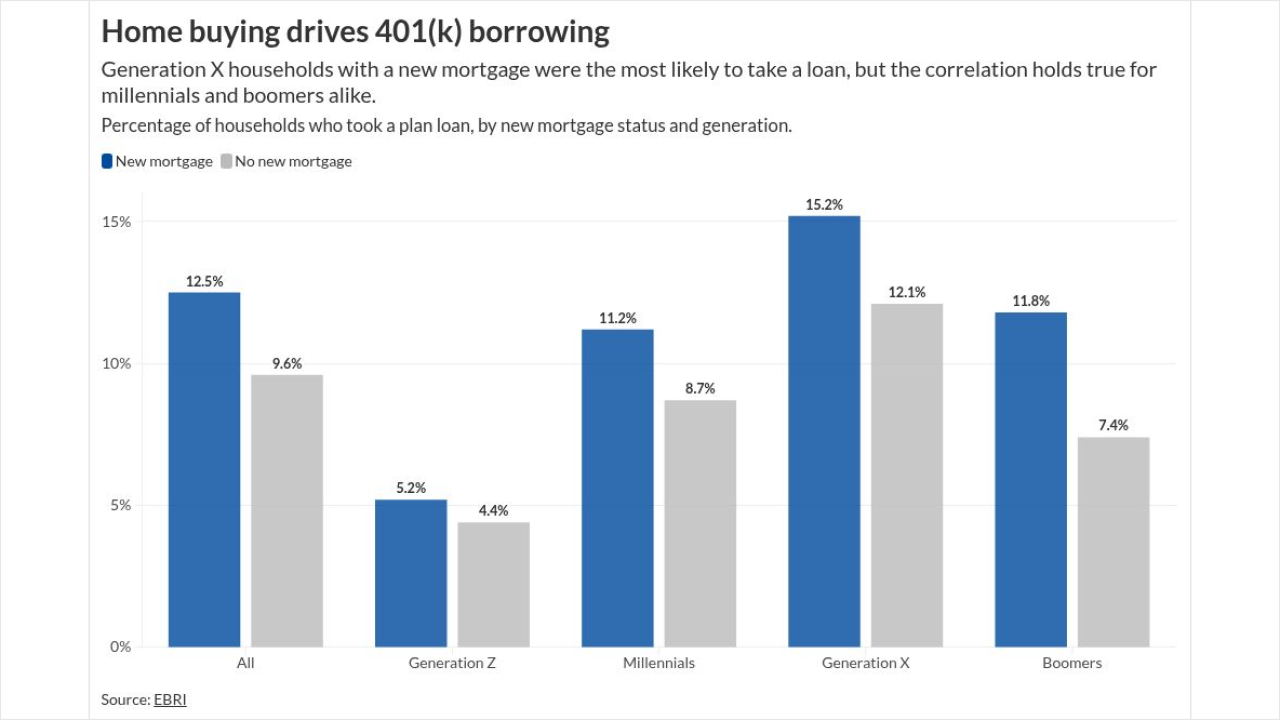As ETFs sail above $11 trillion in assets, advisors continue to push into the products and away from mutual funds.
The first six months of the year saw $511 billion in inflows to ETFs, according to
Advisors allocated 21.6% to ETFs in 2024, Cerulli reported, nearly double the 11.2% share a decade earlier. Advisors expect to allocate 25.5% of client assets to ETFs in 2026, surpassing mutual fund allocations for the first time, according to Cerulli.
Driving this boom in part, Cerulli's research shows, are the wirehouse and independent channels, which hold a combined 54.6% of retail ETF assets.
Advisors who have moved in this direction say the trend is only going to keep gaining steam.
The advantages of ETFs for advisors — and some disadvantages
Charles Luong, president and investment advisor representative at
Luong said the main drawbacks to ETFs are potential tracking error in thinly traded ETFs and bid-ask spreads, which is the difference between what a buyer is willing to spend and what the seller is willing to accept, "though these are generally minimal for broad-market funds."
"We expect the trend toward ETFs to continue as investors and advisors alike prioritize tax-aware, cost-effective and rules-based investing," he said. "The growth of active and thematic ETFs only accelerates this shift."
READ MORE:
The question of passive versus active
Lisa Aoki, investment operations director at
The wide range of
In addition, ETFs are generally more tax-efficient, helping to reduce capital gains distributions and benefiting clients in nonqualified accounts, she said.
"With the ongoing growth of both active and passive ETF options, we expect the trend toward ETFs to continue," she said.
READ MORE:
Adam Recker, senior managing director and head of equities at
His firm has found that ETFs provide better liquidity, lower expenses and higher tax efficiency compared to most mutual funds, he said.
"These attributes are attractive given that we want to prioritize after-tax returns for clients, while keeping investment expenses low," Recker said. "We think the trend will continue, and we see proof that active ETFs have been a fast-growing asset class, and many legacy mutual fund providers are actively working to






